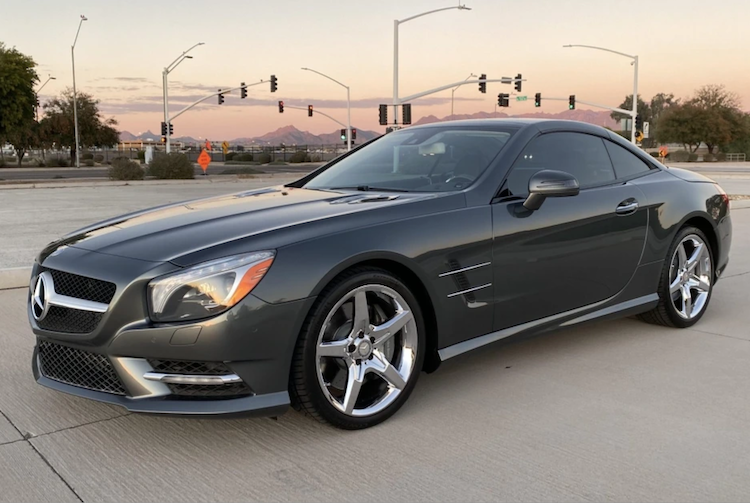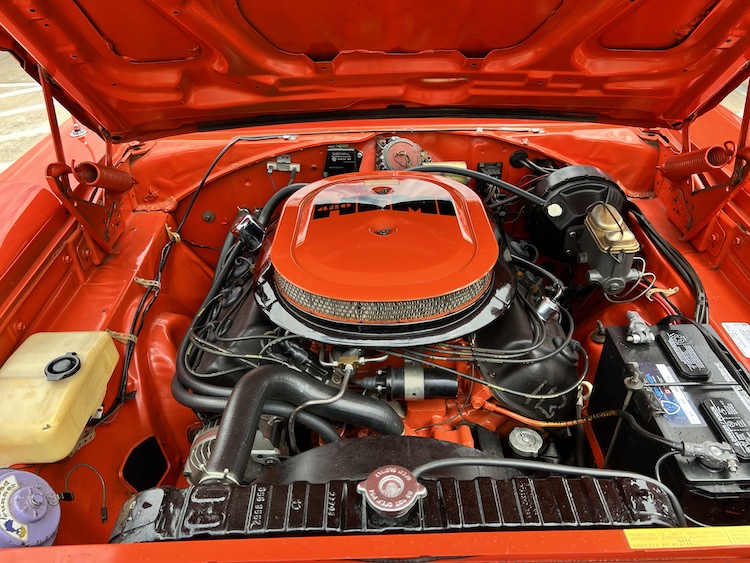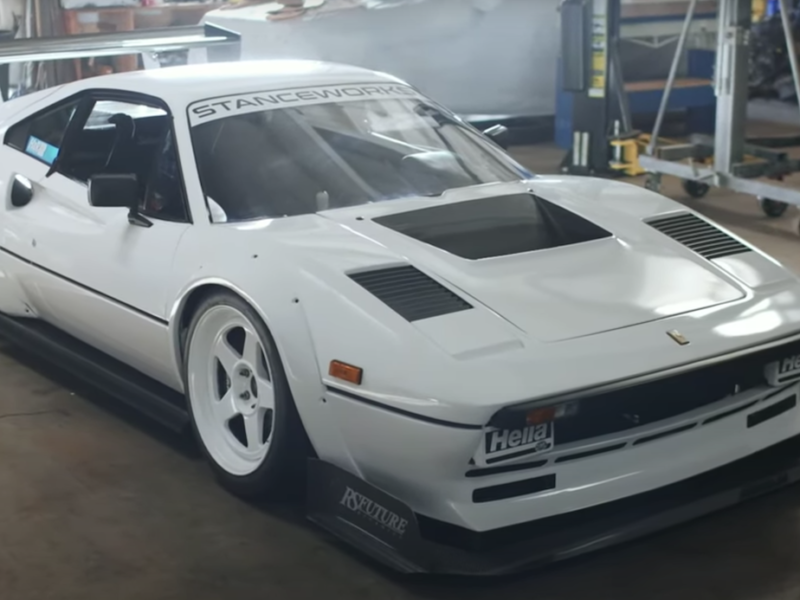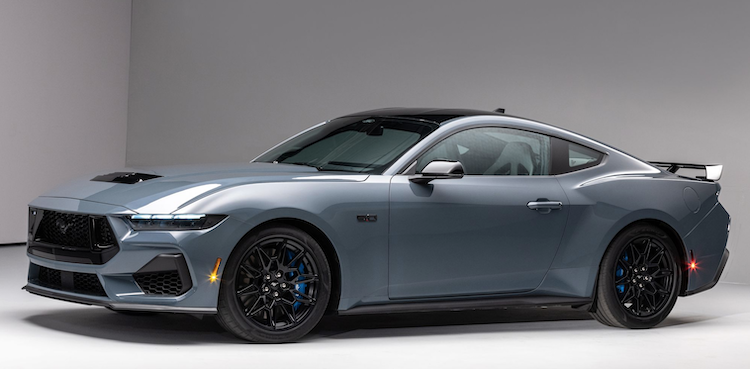Today’s the day California’s banning the sale of gas-powered automobiles. The Golden State’s four-wheeled fatwa goes into effect in 2035 – five years after Washington State’s ban. While it will take decades to eliminate gas-powered cars from the Golden State’s highways and byways, the history of emissions standards tells us that as goes California, so goes the nation. For collectors and enthusiasts who covet cars fed by dead dinosaurs, it’s good news, bad news.
Many years hence, “collectors of the future” will focus their attention on battery-powered transportation. That trend is already underway; RM Sotheby’s just auctioned a 2011 Tesla R80 3.0 Roadster Sport for $140k. Good news! For the time being, the move to EV’s will increase current enthusiast’s desire to own automobiles propelled by internal combustion – and widen the scope of collectibility.

Someday in the future, any well-preserved and interesting ICE-propelled car will be a relic of “the gasoline era.” That alone will add to its collectibility. The type of gas engine under the hood will become increasingly important. A rotary-engined RX7, for example, will gain new currency. Honda’s first-gen NSX – the first U.S. car equipped with variable valve control (VTEC) – will get even more attention. A prelude of things to come?
While horsepower will always be highly prized, in our electric future, maybe not so much. As I mentioned before, acceleration will [continue to] diminish in importance in the face of battery operated cars’ tidal wave of torque. Sports cars that can’t keep up with EVs – slower gassers blessed with visual or nostalgic value – will find greater appeal. Could a garden variety Mercedes SL500 or even a smaller-engines SL become an obscure object of desire? I reckon so.

For sure, there’s bad news. Proper maintenance and restoration of gas-powered collectible car depends on a ready supply of appropriate parts. As cars utilizing suck-bang-blow to get-up-and-go disappear from our roadways, parts availability will decrease dramatically (although 3D printing offers the chance of respite). Equally depressing, the expertise needed to keep these automobiles in fine fettle will also wither and, thus, become more exclusive and expensive.
The Rienzi Report question of the day: what effect will the not-so-imminent death of internal combustion automobiles have on collector car prices? Initially, none. The supply and demand for sub-multi-millionaires’ collector cars is, at the moment, relatively stable and static. In the short term, the entry – or not – of Gen-X into the marketplace is the far more important variable. As for truly exotic classics, the only way is up.
There is a wild card: EV resto-mods. And another: the psychological effect of reading about future ICE bans, and seeing more and more EV’s on the road. It could light a fire under collectors and potential collectors. One thing is for sure: those of us who admire, appreciate and yes love gas engines are living in the best of times. Few of us will be alive to see worst of times. But they are coming.


